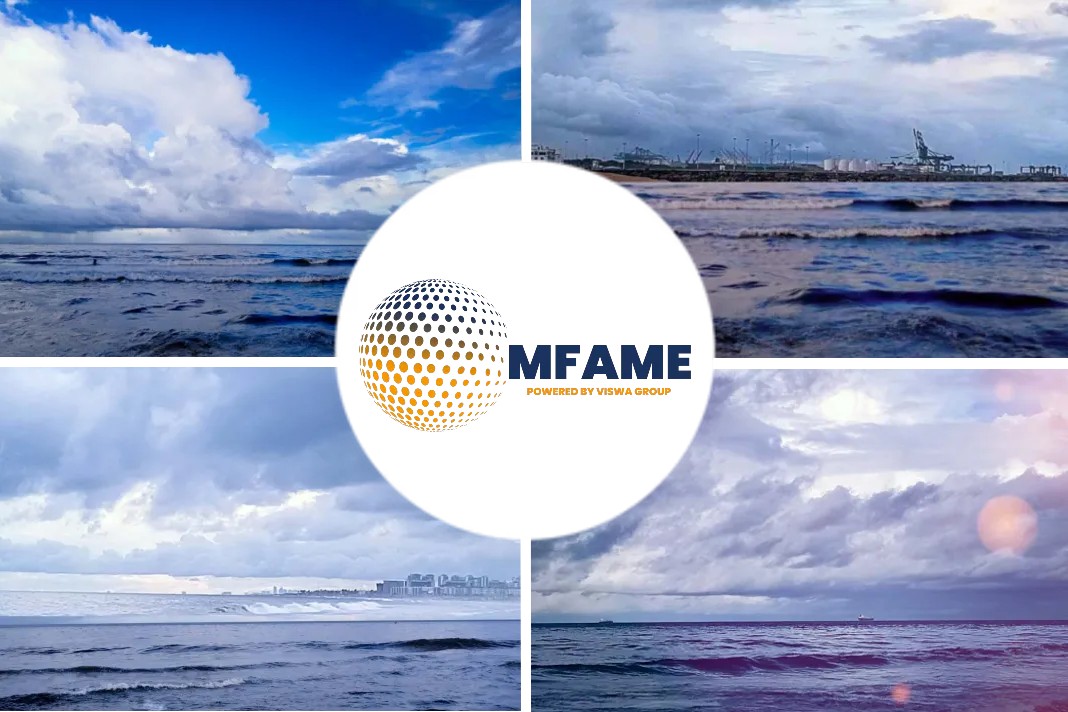This is our third and final article in our series focussing on the growing problem of plastics in the oceans. Here we focus on the role of shipping and the positive effects of the MARPOL ban on discharge of plastics from vessels.
Regardless of whether an item is used for a few minutes, such as a drinking straw, or a few decades, such as construction materials, plastics that end up in the marine environment remain for hundreds if not thousands of years. All our oceans, including the Arctic and Antarctic, contain plastic litter. Images of floating litter can seem shocking, but observations suggest that the garbage on the surface of the open ocean accounts for only about 1% of all the plastics in the ocean. Of the remaining 99%, it is estimated that about 30% floats below the surface in the open ocean, while the remaining 70% ends up in coastal waters, on beaches or resting on the seabed.
Today it is estimated that about 8.8 million metric tons of plastics reach the ocean every year (Jambeck et al Science 2015) and that 80% of this is from sources inland. A wide variety of domestic waste can become marine debris such as plastic bags and packaging, plastic bottles and caps, balloons, cigarette stubs and lighters, and polystyrene take away containers. Single use plastic items make up a substantial proportion of the land based plastic waste which is reflected in the composition of waste entering the oceans from land based sources. Plastics are gradually broken up into smaller particles in the sea and becomes available to a variety of organisms as “false food”. Plastics ingested by marine organisms from microscopic crustaceans to whales and birds have become a serious problem for the marine ecosystem.
Plastics also enters the sea from ships and offshore installations. Shipping containers with plastic goods are lost from ships in casualties and bad weather. Fishing nets and gear are lost at sea. Unfortunately, nets do not cease to function just because they are no longer in the hands of people –‘ghost fishing’ by lost gear is responsible for capturing or ensnaring fish, turtles, sharks, dolphins, and even whales.
In addition to harming sea creatures by entanglement or ingestion, plastic waste also has a direct economic effect on shipping and other marine dependent industries. In 2016, the Asian-Pacific Economic Cooperation (APEC) reckoned that marine litter, including plastics, costs APEC’s member economies USD 1.26 billion annually in losses to shipping, tourism, fishing and insurance (here).
The solutions to plastics waste management require action at all levels of society from international organizations, to national and local governments and, more importantly, the choices made by each of us. International shipping can be said to be a pioneer in banning littering at sea. The MARPOL regulations, as first drafted in 1973 and amended in 1978, address marine pollution including handling of garbage from ships. The MARPOL regulations address in Annex V all categories of waste from ship operations including plastics. All plastic waste generated during the normal operation of the ship is strictly banned from discharge in any waters. This includes but is not limited to synthetic ropes, fishing gear, garbage bags and ashes from incineration. The regulations for the prevention of pollution from ships entered into force internationally in 1988. Today, more than 150 countries are signatories to MARPOL Annex V.
Vessels are obliged to deposit plastic waste at reception facilities ashore and MARPOL requires Port State signatories to provide adequate and appropriate reception facilities. The crew must keep a log of garbage disposal that can be reviewed by the Flag States or Port States. Penalties for violation of the regulations are, in many countries, severe. Violations may even be prosecuted criminally.
Only a generation ago intentional dumping of waste over board from ships was a routine practice, an attitude that has markedly changed since the regulations came into force. The MARPOL regulations have dramatically reduced intentional dumping of plastic and other waste from commercial shipping. Improvements in waste management in general on vessels continue through IMO campaigns and training programs. The challenge is to upgrade and improve land based facilities to meet the demand for disposal. Denmark has set a good example by providing free disposal of plastics and other litter brought in by fishermen who have collected the waste in their nets.
The history of MARPOL shows how regulation at an international level can change shipboard practices. Shipping has a part to play but much more is needed to reduce the accumulation of plastics in the oceans. The problem of plastics in the ocean is global and growing. Change requires action from everyone, everywhere – on land and on sea.
Did you subscribe for our daily newsletter?
It’s Free! Click here to Subscribe!
Source: GARD

















